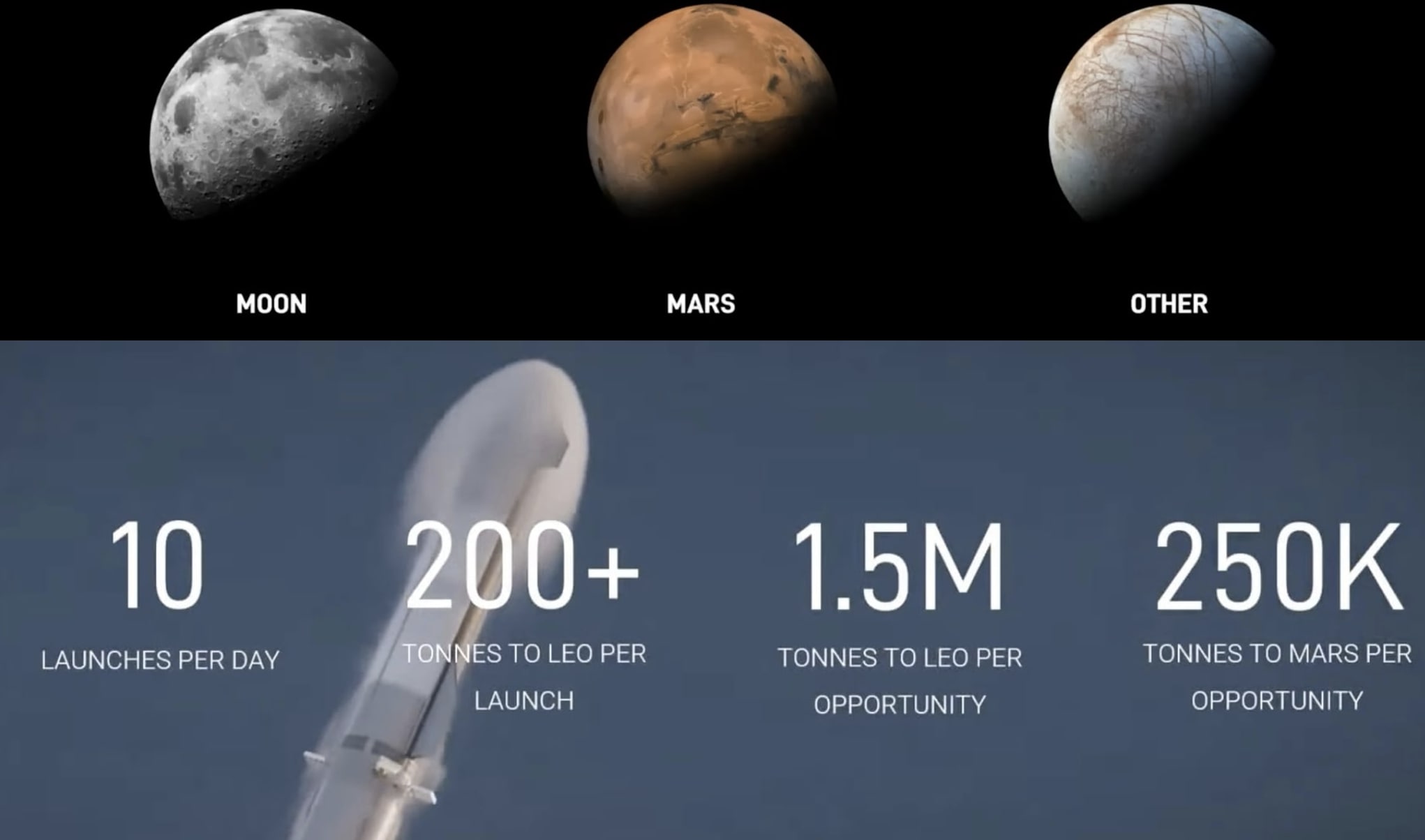SpaceX Starship to Starship Fuel Transfer Test in 2025
According to Kshatriya, SpaceX will perform a Starship-to-Starship cryogenic propellant transfer test in 2025. According to Kshatriya, SpaceX will perform a Starship-to-Starship cryogenic propellant transfer test in 2025. pic.twitter.com/S6f17Rr6zy — Eric Berger (@SciGuySpace) April 26, 2024 We have known that fuel transfer capability is critical for the $3.5 NASA-SpaceX Lunar Starship program. SpaceX will test …











